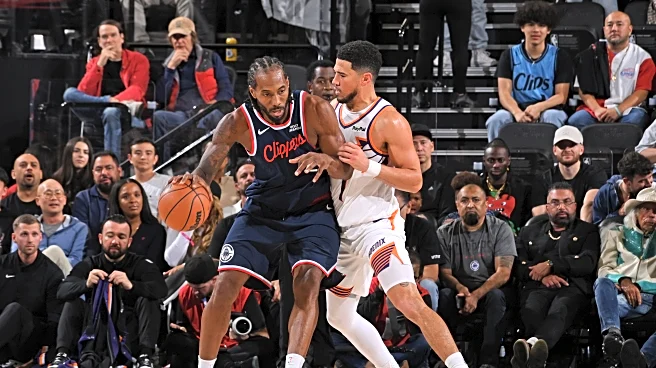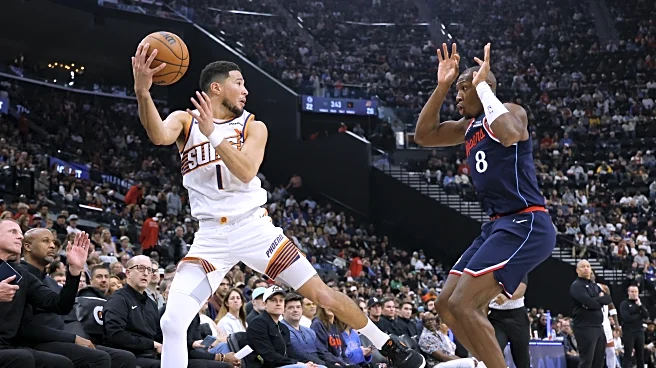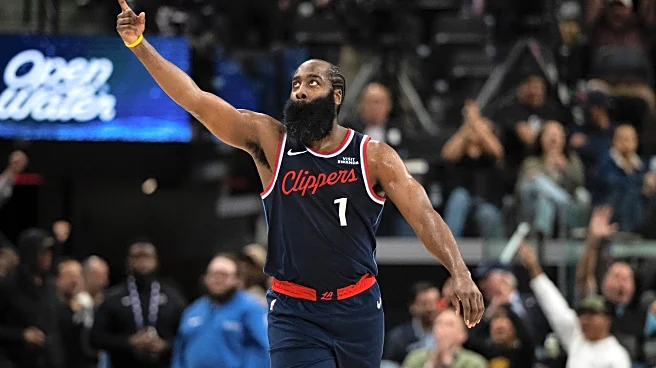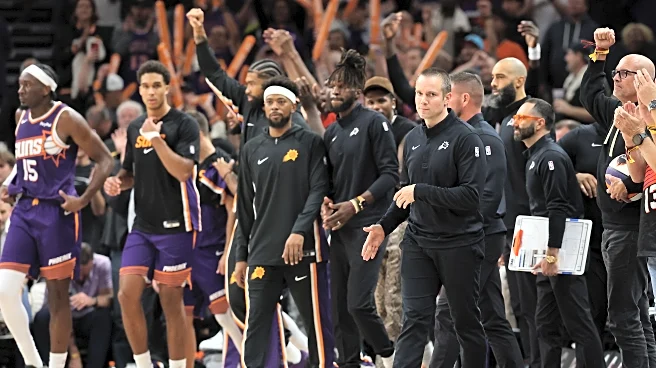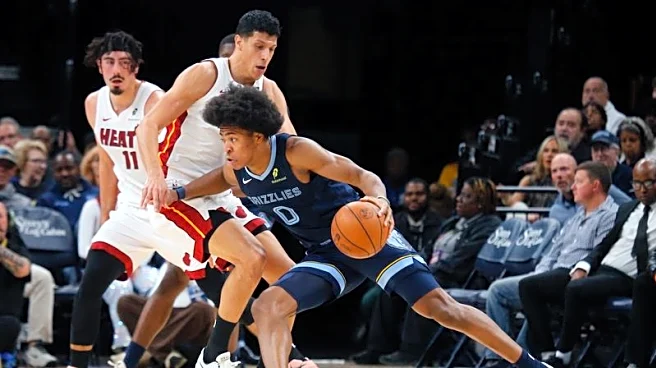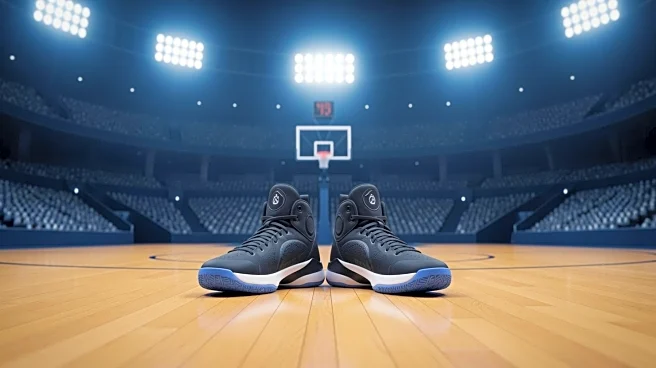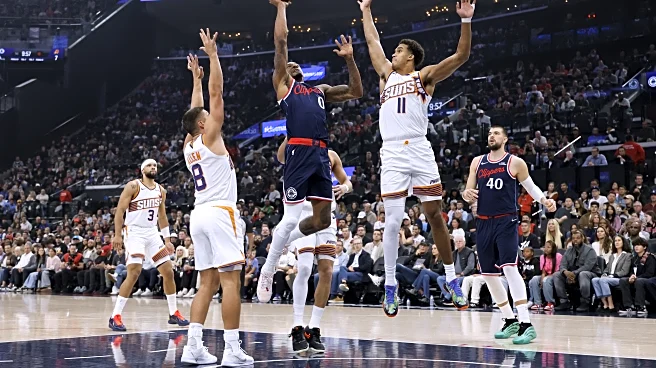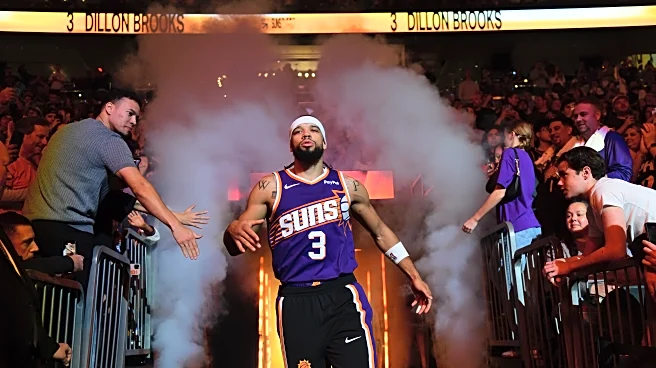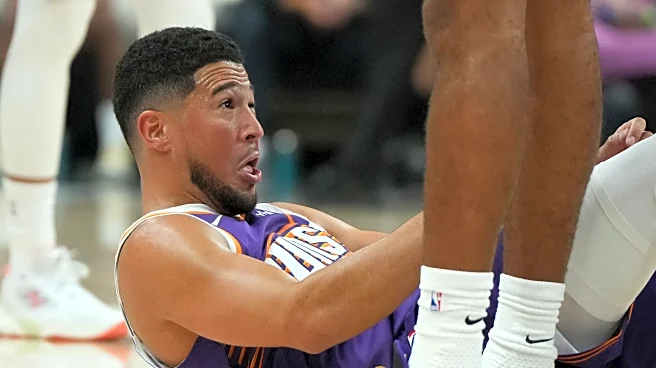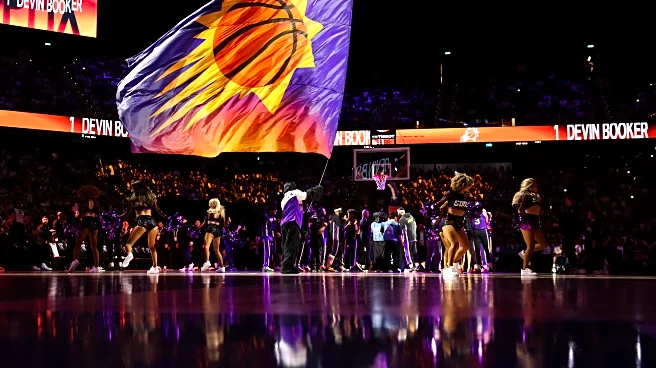After a great win over the Kings, our Suns traveled to L.A. to face a fully loaded Clippers team (a rare sight…). They started the game well, but just like against Sacramento, Phoenix completely collapsed
in the second quarter — except this time, they never managed to climb back. Here are the 4 things that stood out to me from this loss.
Offensive Rebounding
Even though they lost the overall rebounding battle (37–45), the Suns actually came out on top on the offensive glass (15 boards). The problem? Those extra chances didn’t turn into points.
At halftime, Phoenix already had 11 offensive rebounds (3 from Ryan Dunn and Dillon Brooks, 2 from Mark Williams…), but only 4 second-chance points to show for it — a poor conversion rate that says a lot about how inefficient the team was overall.
Shooting efficiency
Speaking of inefficiency, let’s talk shooting splits. The Suns shot 41% from the field on 90 attempts, while the Clippers hit 59% on just 76 shots — and from three? 34% for Phoenix versus 55% for L.A. The Suns launched 47 threes compared to only 29 for the Clippers.
Wasted possessions?
Volume doesn’t equal control. The Suns played fast, took a ton of shots, but lacked structure. Ninety attempts for 102 points — that’s not the mark of a well-oiled offense. The extra possessions and offensive boards didn’t pay off because the team simply couldn’t capitalize.
The Clippers did the exact opposite: fewer possessions, cleaner execution. They scored 129 points on 94 possessions — a masterclass in efficiency and shot selection. The difference between both teams was clear: Phoenix played fast, L.A. played smart.
Booker only took 10 shots?
Yes — only 10. That’s fewer attempts than Brooks, Allen, O’Neal, and even Gillespie. For someone like Devin, that’s just not enough. He’s the engine, the tone-setter of this team. Regardless of his shooting rhythm, it’s not on Dillon Brooks to take 17 or 24 shots like he did two nights ago against Sacramento.
Booker has to show up when things get rough. The team sank in the second quarter, and he only took one shot during that stretch. Sure, he was defended tightly (but not that tightly) and focused on playmaking — but still, that’s not the level of assertiveness expected from your leader. He looked like a spectator out there.
In short, this game was a reminder that effort and volume don’t always beat structure and execution. The Suns showed heart on the glass but lacked clarity in their offensive identity — the kind of balance they’ll need to find fast.
Next up: Denver. A true test, against the reigning champions of control and discipline. If Phoenix wants to bounce back, it’ll take more than energy — it’ll take intention.
